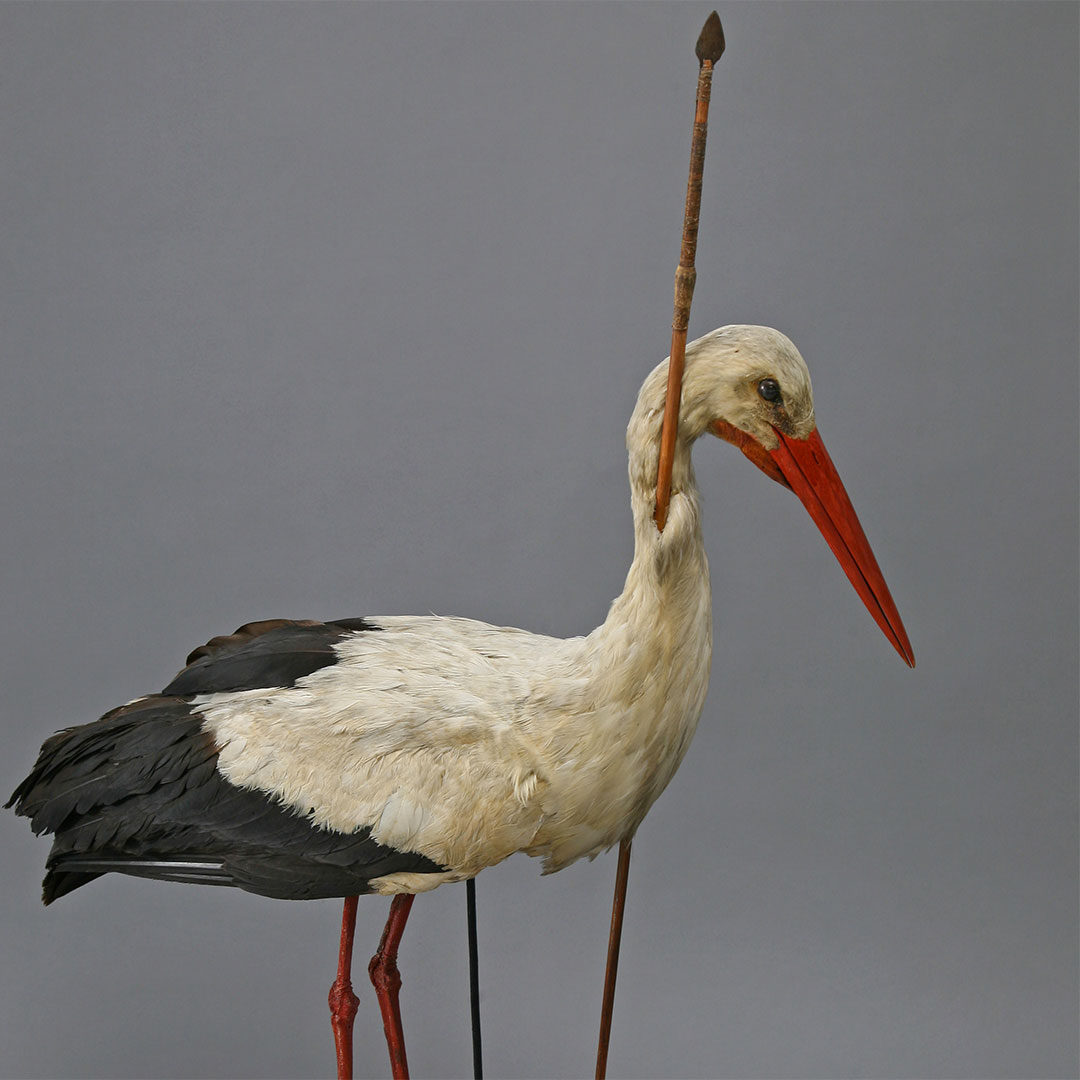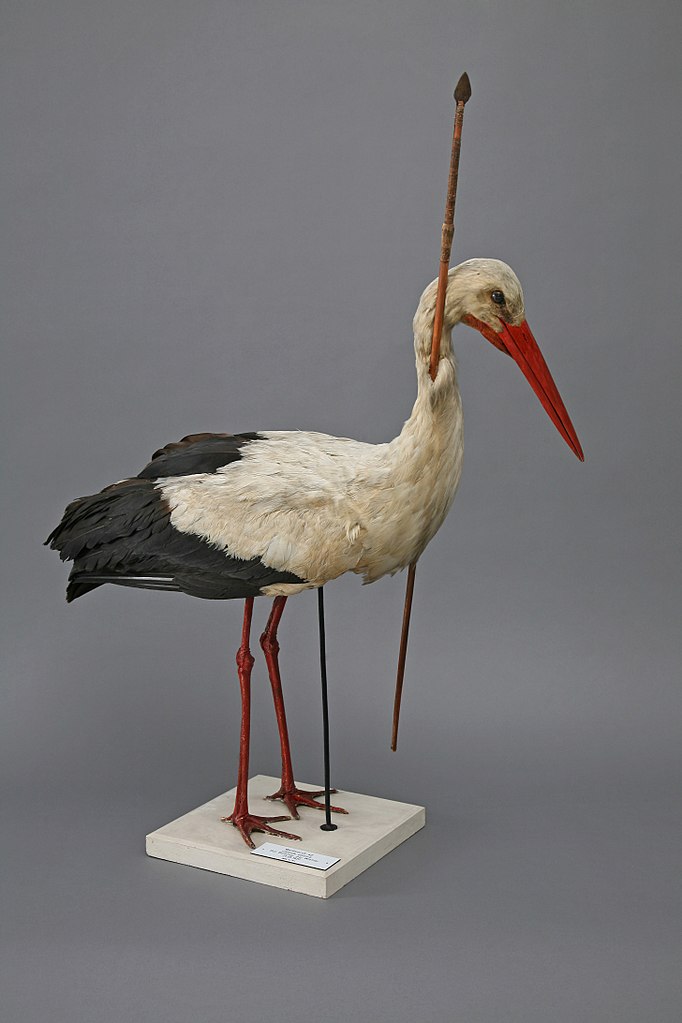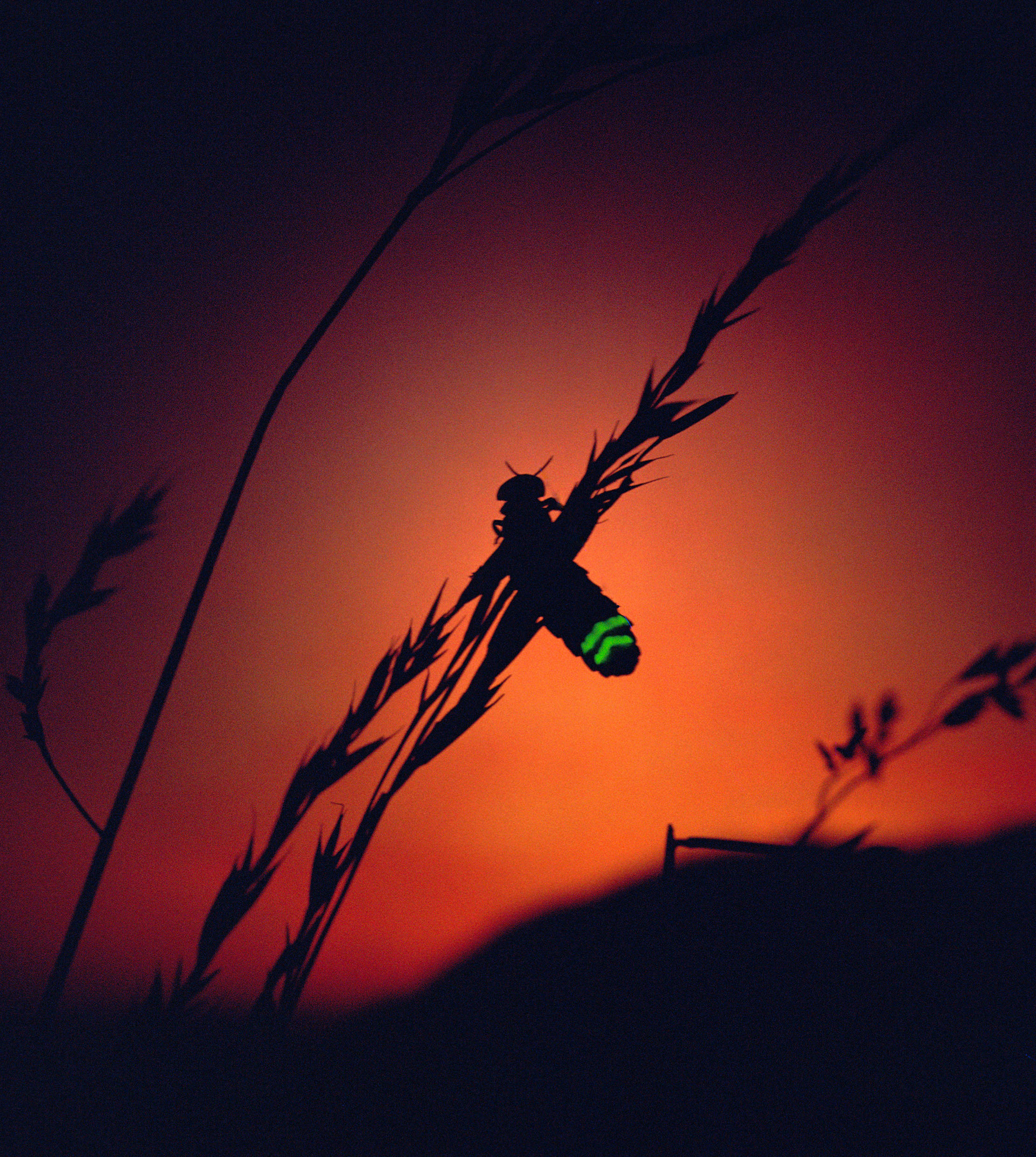Curious Questions: How did a stork with a spear through its neck solve the mystery of the migration of birds?
For thousands of years, most people were convinced that birds hibernated in the winter — until a staggeringly resilient stork proved otherwise. Martin Fone explains.


As someone who can barely get from A to B without visiting other letters of the alphabet, I’m greatly in awe of birds that migrate. It is truly astonishing that they have the stamina to travel the distances they do, the Arctic Tern ruling the roost with its journeys from its Arctic breeding grounds to the Antarctic each year, and that they know where they are going, often ending up at the very spot at which they were born or bred last time.
For me, as a boy, the arrival of the swallow was a sight for sore eyes, the harbinger of the summer to come, and its departure bringing home to me that the nights were about to lengthen and the colder weather was on its way. Sightings of swallows circling in the sky and building their nests in the eaves of houses, together with hedgehogs snuffling through the undergrowth, and newts sunning themselves on stones were ten an old penny when I was a boy in rural Shropshire. More than half a century later, down here in what we call leafy Surrey, I can’t recall the last time I saw any of them. We repent for our encroachment on their natural habitat at our leisure, it seems.
In other ways our world has shrunk. We know more about foreign parts than we ever did and the seasonal disappearance of certain types of migrating birds is no longer a mystery to us, even if we do not always understand precisely how they make those enormous journeys and, in some cases, why. It was a different kettle of fish until as recently as a couple of centuries ago. Yes, people realised that certain types of birds appeared and disappeared at certain times of the year, there are references to migrations of birds in Ancient Greek writers such as Hesiod and Herodotus and in the Old Testament, but the puzzle was where they went.
'Aristotle’s theory was not as bizarre as some that did the rounds. In 1703 a professor from Harvard wrote in a pamphlet that migrating birds flew to the moon'
The philosopher, Aristotle, described around 140 species of birds in his 10-volume Historia Animalium, recording how some species of birds seemed fatter when they were about to migrate and considerably thinner when they returned. He was able to point out that the Eurasian crane migrated from the steppes of Scythia to the marshes of the Nile, observations that he could presumably validate from travellers who went around the terra cognita of the Ancient world. But as for birds that strayed beyond the purlieus of the known world, their habits were a mystery.
If nothing else, in the absence of hard data, Aristotle was inventive. He surmised that migrating birds such as swallows, aping small reptiles and mammals, simply hibernated in the winter, either in nooks and crannies or under water. Others suggested that they metamorphised into other types of birds, that were better able to cope with the adverse weather.
So influential was Aristotle that his theory of hibernating swallows was accepted hook, line, and sinker for two millennia, the Archbishop of Uppsala declaring it as a ‘fact’ in the mid-16th century. Even the renowned Selborne naturalist, Gilbert White, reported that swallows, arriving early in England and encountering frost and snow would ‘immediately withdraw for a time – a circumstance much more in favour of hiding than migrating,’ doubting that they would trouble themselves with travelling again to warmer latitudes for a few weeks until England’s weather warmed up.
Still, Aristotle’s theory was not as bizarre as some that did the rounds. In 1703 a professor from Harvard wrote in a pamphlet that migrating birds flew to the moon.
Exquisite houses, the beauty of Nature, and how to get the most from your life, straight to your inbox.
Thomas Bewick went some way towards solving the mystery of the disappearing swallow, reporting in the first volume of his A History of British Birds, published in 1797, that a ship’s captain, whose opinion he esteemed, ‘between the islands of Menorca and Majorca saw great numbers of Swallows flying northward.’ He put the idea of the birds hibernating at the bottom of pools to rest by observing that ‘swallows frequently roost at night; after they begin to congregate, by the sides of rivers and pools, from which circumstances it has been erroneously supposed that they retire into the water.’
'The hunter, mourning the loss of his dinner and his prize spear, could at least console himself with the knowledge that it was a shot in a million.'
Bewick even experimented with swallows, keeping them warm, dry and fed during the winter months, leading him to conclude that, ‘they leave us when this country can no longer furnish them with a supply of their proper and natural food.’
The tide was turning but the critic might argue that Bewick’s theories, correct as we now know them to be, were just that and what was needed was hard facts to substantiate the concept of avian migration.
That proof came literally out of the skies in 1822. A white stork, Ciconia Ciconia to give it its ornithological name, was found outside the village of Klütz on the Baltic coast of what is now Germany. And no ordinary stork was it. Running through it was a 30-inch spear, which had entered by the left-hand side of its body and exited half-way up its neck on the right-hand side, impaling it in a grotesque fashion. The hunter, mourning the loss of his dinner and his prize spear, could at least console himself with the knowledge that it was a shot in a million.
Upon inspection, the spear was found to be made of African wood, prompting the inescapable conclusion that, notwithstanding its injuries, the stork had managed to fly the 2,000 or so miles from the continent of Africa, from which it had migrated. The doubly unfortunate bird was killed and stuffed and mounted and is on display, complete with its spear, to this day in the University of Rostock’s Zoological Collection.

The Germans, as is their wont, christened the stork Pfeilstorch or arrow-stork. Astonishingly, a further twenty-four such birds were found over time, bearing incontrovertible proof that birds do migrate rather than hibernate or morph into something else. Scientists were now able to unlock some of the mysteries of migration, thanks to a spear.

Credit: Getty / Duncan Usher / Minden Pictures
Beware the Great Grey Shrike: The pretty songbird with the temperament of Vlad the Impaler
Simon Lester takes a look at the great grey shrike, a delicate-looking songbird whose innocent appearance belies its sadistic tendencies

Curious Questions: One for sorrow, two for joy – but why are we so superstitious about magpies?
Superstitions swirl around all manner of different birds, but never more so than with magpies. We take a look at

Why conservation must start at home: 10 British species we need to save to protect our food chain
Simon Lester sends out an SOS for 10 species that we must save to help repair an increasingly fragile food
After graduating in Classics from Trinity College Cambridge and a 38 year career in the financial services sector in the City of London, Martin Fone started blogging and writing on a freelance basis as he slipped into retirement. He has developed a fearless passion for investigating the quirks and oddities of life and discovering the answers to questions most of us never even think to ask. A voracious reader, a keen but distinctly amateur gardener, and a gin enthusiast, Martin lives with his wife in Surrey. He has written five books, the latest of which is More Curious Questions.
